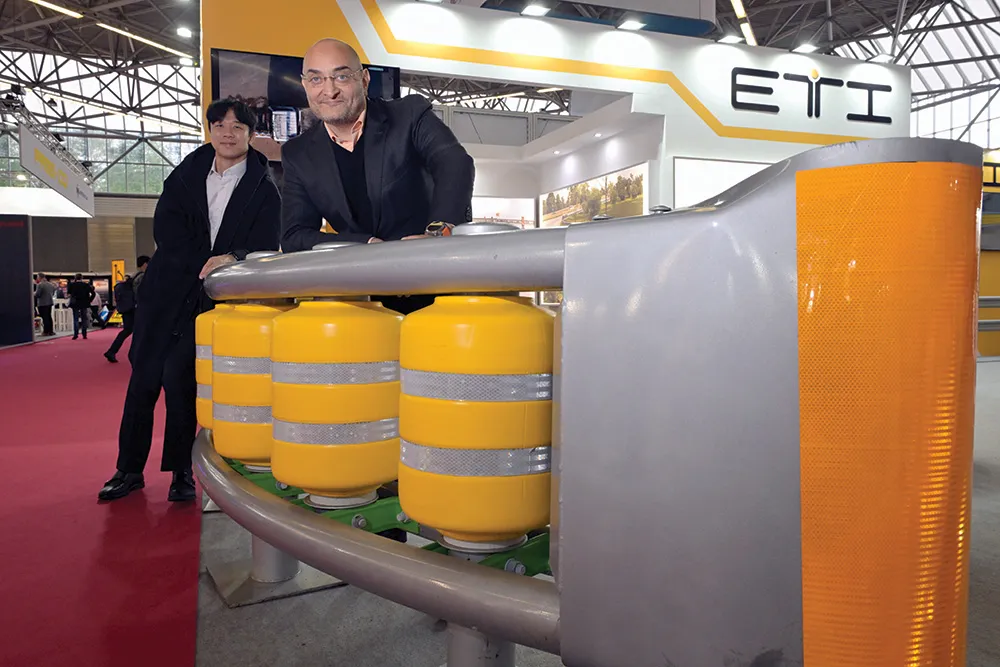SignPost Solutions (SPS) has launched the SPS 468 Chevron system to protect drivers in the event of a collision. It is designed with the intention of warning drivers of sharp bends and roundabouts, that they are themselves likely to cause accidents.
November 9, 2017
Read time: 1 min
SignPost Solutions (SPS) has launched the SPS 468 Chevron system to protect drivers in the event of a collision. It is designed with the intention of warning drivers of sharp bends and roundabouts, that they are themselves likely to cause accidents.
The post is manufactured from aluminium, making it lighter than steel and safer if hit by a vehicle. It is part of the signStr8 range and has a specially-designed flat edge to prevent the signs from rotating, which reduces the need for costly and potentially dangerous maintenance.
These posts are installed into a socket system which means if they are hit they can be replaced quickly without having to dig out and replace concrete foundations.










